A mix of religion, culture and history Nepal
{{hitsCtrl.values.hits}}
11 May 2016 01:17 pm
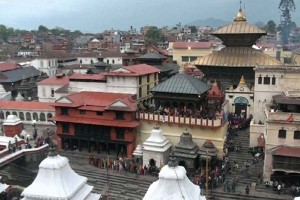 By Shehara Rizly
By Shehara Rizly
Taking a trip down to the historically famous Nepal is quite an experience for those who wish to explore the many wondrous things of the past which include not just a rich history but also a religious and cultural significance. As we celebrate “Vesak” we would like to take a few moments of your time to go through the religious importance of this country. The country is vast with the number of many interesting sites but we managed to get some of our friends to capture a few of the most important and interesting places that you must put down in your list to visit.
Pashupatinath Temple
It is a famous sacred Hindu Temple with great historical significance dedicated to Pashupatinath (Shiva) and is located on the banks of the Bagmati River five kilometres north-east of Kathmandu Valley in the eastern city of Kathmandu, the capital of Nepal. According to history the temple had been reconstructed in the 15th century by Lichhavi King Shupuspa as the previous building had been infested by termites. Around the same area there had been other temples too constructed at the same time. This temple serves as the seat of the national deity, Pashupatinath. The temple complex has been in the UNESCO World Heritage Site’s list since 1979. One of the main festivals of the temple is Maha Shivaratri on which day over 700,000 devotees gather to pay their respects to the deities. According to the legend Pashupatinath Temple is the oldest Hindu temple in Kathmandu. It is not known for certain when Pashupatinath Temple was founded. But according to Nepal Mahatmaya and Himvatkhanda,the deity here gained great fame as Pashupati, the god of all Pashus, which are living as well as non-living beings. Pashupatinath Temple’s existence dates back to 400 B.C. The richlyornamented pagoda houses the sacred linga or holy symbol of god Shiva. There are many legends describing as to how the Pashupatinath temple came into existence.Finding of Shiva Linga at Pashupatinath Temple
It is said that the wish-fulfilling cow Kamadhenu took shelter in a cave on the Chandravan mountain. Everyday Kamadhenu went down to the place the lingam was sunken into the soil and poured her milk on top of the soil. After ten thousand years some people saw Kamadhenu pouring milk on that same spot every day, and started to wonder what that would be. So they removed the soil and found the beautiful shining lingam and started worshiping it.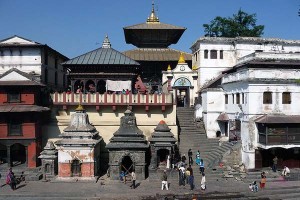
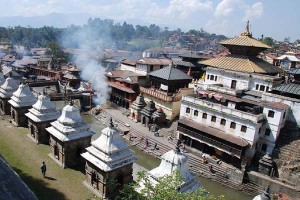
Swayambhunath Temple
It is a famous Buddhist temple atop a hill in the Kathmandu valley, west of Kathmandu city. The Tibetan name for the site means “ Sublime Trees” as there are a variety of trees found on the hill. This temple is most sacred among uddhist pilgrimage sites but for followers of Tibetan Buddhism, it is second only to Boudhanath. The Swayambhunath complex consists of a stupa, a variety of shrines and temples, some dating back to the Licchavi period. A Tibetan monastery, museum and library are more recent additions. The stupa has the Buddha's eyes and eyebrows painted on. Between them, the number one (in Devanagari script) is painted in the fashion of a nose. There are also shops, restaurants and hostels. The site has two access points:a long stairway with 365 steps, leading directly to the main platform of the temple, which is from the top of the hill to the east; and a car road around the hill from the south leading to the southwest entrance. The first sight on reaching the top of the stairway is the Vajra (thunder-bolt scepter). Behind this Vajra is the vast, round, white dome of the stupa, like a full solid skirt, at the top of which were two giant Buddha eyes looking out over the peaceful valley which was just beginning to come alive. Much of Swayambhunath's iconography comes from the Vajrayana tradition of Newar Buddhism. According to Swayambhu Purana, the entire valley was once filled with an enormous lake, out of which grew a lotus. The valley came to be known as Swayambhu, meaning "Self-Created." The name comes from an eternal self-existent flame (swayaṃbhu) over which a stūpa was later built. Swayambhunath is also known as the Monkey Temple as there are monkeys living in the north-west parts of the temple. They are known as holy monkeys because Manjusri, the bodhisattva of wisdom and learning was raising the hill which the Swayambhunath Temple stands on. He was supposed to leave his hair short but he made it grow long and head lice grew. It is said that the head lice transformed into these monkeys. Manjusri had a vision of the lotus at Swayambhu and traveled there to worship it. Seeing that the valley can be good settlement and to make the site more accessible to human pilgrims, he cut a gorge at Chovar. The water drained out of the lake, leaving the valley in which Kathmandu now lies. The lotus was transformed into a hill and the flower became the Swayambhunath stupa. According to history Swayambhunath, is among the oldest religious sites in Nepal. According to the Gopālarājavaṃśāvalī Swayambhunath was founded by the greatgrandfather of King Mānadeva (464-505 CE), King Vṛsadeva, about the beginning of the 5th century CE. This seems to be confirmed by a damaged stone inscription found at the site, which indicates that King Mānadeva ordered work done in 640 CE.However, Emperor Ashoka is said to have visited the site in the third century BCE and built a temple on the hill which was later destroyed. Although the site is considered Buddhist, the place is revered by both Buddhists and Hindus. Numerous Hindu monarch followers are known to have paid their homage to the temple, including Pratap Malla, the powerful king of Kathmandu, who is responsible for the construction of the eastern stairway in the 17th century. The stupa was completely renovated in May 2010, its first major renovation since 1921 and its 15th in the nearly 1,500 years since it was built. The dome was re-gilded using 20 kg of gold. The renovation was funded by the Tibetan Nyingma Meditation Center of California, and began in June 2008. The temple complex suffered damage in the April 2015 Nepal earthquake. The stupa consists of a dome at the base, above which is a cubical structure painted with eyes of the Buddha looking in all four directions. There are pentagonal toranas present above each of the four sides with statues engraved in them. Behind and above the toranas there are thirteen tiers. Above all the tiers there is a small space above which the Gajur is present. The stupa has many artifacts inside it. The dome at the base represents the entire world. When a person awakes (represented by eyes of wisdom and compassion) from the bonds of the world, the person reaches the state of enlightenment. The thirteen pinnacles on the top symbolize that sentient beings have to go through the thirteen stages of spiritual realizations to reach enlightenment or Buddhahood. There is a large pair of eyes on each of the four sides of the main stupa which represent wisdom and compassion. Above each pair of eyes is another eye, the third eye. It is said that when the Buddha preaches, cosmic rays emanate from the third eye which act as messages to heavenly beings, so that those interested can come down to earth to listen to the Buddha. The hellish beings and beings below the human realm cannot come to earth to listen to the Buddha's teaching, however, the cosmic rays relieve their suffering when the Buddha preaches. There are carvings of the Panch Buddhas (five Buddhas) on each of the four sides of stupa. There are also statues of the Buddhas at the base of the stupas. Panch sense in Tantrayana. They are Vairochana (occupies the center and is the master of the temple), Akshobhya (faces the east and represents the cosmic element of consciousness), Ratna Sambhava (faces the south and represents the cosmic element of sensation), Amitabha (represents cosmic element of Sanjna (name) and always faces the west) and Amoghsiddhi (represents the cosmic element of conformation and faces the north). Each morning before dawn hundreds of Buddhist (Vajrayana) and Hindu pilgrims ascend the 365 steps from the eastern side that lead up the hill, passing the gilded Vajra (Tibetan: Dorje) and two lions guarding the entrance, and begin a series of clockwise circumambulations of the stupa.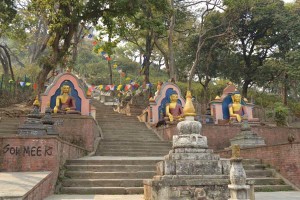
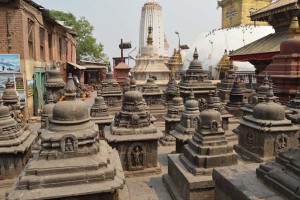
Boudhanath Stupa
This Buddhist Stupa dominates the skyline. It is one of the largest ancient stupas in the world. In 1979, the Boudhanath Stupa was named as a UNESCO World Heritage Site. Located about 11 km from the center and northeastern outskirts of Kathmandu, the stupa’s massive mandala makes it one of the largest spherical stupas in Nepal. The stupa is on the ancient trade route from Tibet which enters the Kathmandu Valley by the village of Sankhu in the northeast corner, passes by Boudhanath Stupa to the ancient and smaller stupa of Cā-bahī (often called ‘Little Boudhanath’). It then turns directly south, heading over the Bagmati river to Patan - thus bypassing the main city of Kathmandu (which was a later foundation). Tibetan merchants have rested and offered prayers here for many centuries. When refugees entered Nepal from Tibet in the 1950s, many decided to live around Boudhanath. The stupa is said to entomb the remains of Kassapa Buddha. It is said that this Boudhanath stupa was built just after the demise of the Buddha and is the largest single Chorten in the world. Many kilograms of gold were used in the decoration of the building. It is believed that thousands of Buddhas and heavenly deities are incarnated as Lamas in the Boudhanath stupa. It is said that because of Rabne, the rays of Bodhisattvas entered in song from heaven and the sound was heard in the sky. Due to being empowered by the Bodhisattvas this stupa is viewed with a great reverence as are Sangye Tong Duspai Chorten. After the completion of the construction of Boudhanath stupa, Tajibu prayed very devoutly to become the king of the northern region to disseminate the religion, so he was the Dharma King Trisong Detsen of Tibet in his next life. Phagjibu wished to be a scholar to disseminate the religion, and he became Bodhisattva Śāntarakṣita, an enlightened teacher in Tibet in the next birth. Khyijibu was incarnated as the enlightened Guru Rinpoche Padmasambhava on Ashada Dashain (on the tenth day of lunar calendar of the first half of Ashada) in, Oḍḍiyāna, in the southwest area, at Dhanakosha lake. He suppressed the Demons who were barriers to the religion and conserved and protected the religion from the demonic attacks. Jyajibu prayed to be a minister for the protection of religion in the north and as an answer to his prayer he was born in Tibet and became the minister Bhami Thri Zher. All of these persons prayed for themselves but they did not pray for the animals, who transported bricks, soil, and stone. So these animals became angry and the elephant prayed to be the demon in the next life to eliminate the religion. So he became the king Langdarma of Tibet in the next life, where Tajibu had disseminated the religion. In the same way, the donkey prayed to become a minister in the next life to destroy the religion and he too became a minister-Dudlon Mazhang Drompakye. A crow listened the prayers of these animals who prayed for the destruction of the holiest religion, and he (the crow) prayed to the Bauddha Stupa to be a minister to protect and preserve the religion by killing the demonic king Langdarma in the next life. He was born as Lha Lung Pal Gyi Dorje in the next life, and assassinated the king Langdarma with a bow and arrow. The cowherds and shepherds, who prayed for the protection of the religion and suppression of demons (who were attempting to eliminate the religion), were born as Cholon Gos Padma Gung Tsan in Tibet to conserve the religion. In the same way, Chodpurchan and Sarse, two Brahmins who prayed to the stupa to be born in the country and to write the literature were reborn in the next life as Kawa Paltsek and Chogro Lhui Gyaltshan; these two translated thousands of holy teachings of the Buddha into Bhoti (Tibetan) language. It is believed, the Tibetan Emperor, Trisong Detsän (r. 755 to 797) is also traditionally associated with the construction of the Boudhanath Stupa. Yolmo Ngagchang Sakya Zangpo from Helambu resurrected Boudhanath. The April 2015 Nepal earthquake badly damaged Boudhanath Stupa, severely cracking the spire. As a result, the whole structure above the dome, and the religious relics it contained, had to be removed, which was completed by the end of October 2015. The reconstruction began on 3 November 2015 with the ritual placement of a new central pole or “life tree” for the stupa at the top of the dome.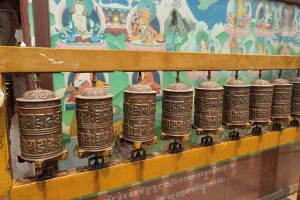
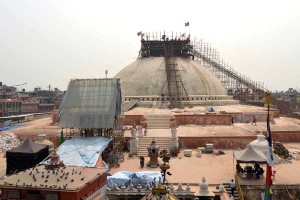
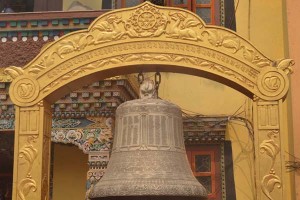
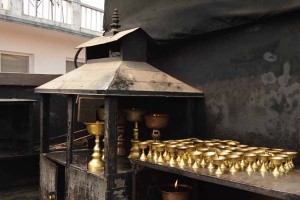
Durbar Square
It is the place where most of the famous and historical buildings are situated, but most of the buildings were destroyed in the April 2015 earthquake. Durbar Square is the generic name used to describe plazas and areas opposite the old royal palaces in Nepal. It consists of temples, idols, open courts, water fountains and more. Before the Unification of Nepal, Nepal consisted of small kingdoms, and Durbar Squares are most prominent remnants of those old kingdoms in Nepal. In particular, three Durbar Squares in the Kathmandu Valley, belonging to the three Newar kingdoms situated there before unification, are most famous: Kathmandu Durbar Square, Patan Durbar Square, and Bhaktapur Durbar Square. All three are UNESCO World Heritage Sites.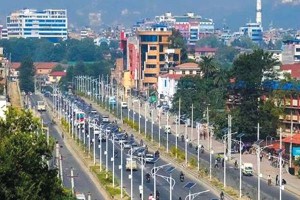
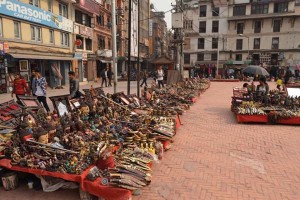
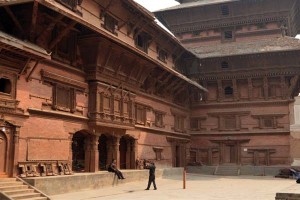
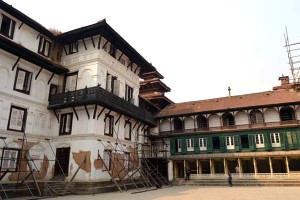
Kathmandu City
It is the capital of Nepal where the headquarters of the South Asian Association for Regional Cooperation (SAARC) is based as well. It is the only city of Nepal with the administrative status of Mahanagar (Metropolitan City), as compared to Upa-Mahanagar (Sub-Metropolitan City) or Nagar (City). Kathmandu is the core of Nepal's largest urban agglomeration located in the Kathmandu Valley consisting of Lalitpur, Kirtipur, Madhyapur Thimi, Bhaktapur and a number of smaller communities. Kathmandu is also known informally as "KTM" or the "tri-city". According to the 2011 census, Kathmandu Metropolitan City has a population of 975,453 and measures 49.45 km2 (19.09 sq mi). The city stands at an elevation of approximately 1,400 metres (4,600 ft) in the bowl-shaped Kathmandu Valley of central Nepal. It is surrounded by four major hills: Shivapuri, Phulchoki, Nagarjun, and Chandragiri. Kathmandu Valley is part of three districts (Kathmandu, Lalitpur, and Bhaktapur), has the highest population density in the country, and is home to about a twelfth of Nepal's population. Historically, the Kathmandu Valley and adjoining areas were known as Nepal Mandala. Until the 15th century, Bhaktapur was its capital when two other capitals, Kathmandu and Lalitpur, were established. During the Rana and Shah eras, British historians called the valley itself "Nepal Proper". Today, Kathmandu is not only the capital of the Federal Democratic Republic of Nepal, but also the headquarters of the Bagmati Zone. Kathmandu is the gateway to tourism in Nepal. It is also the hub of the country's economy. It has the most advanced infrastructure of any urban area in Nepal, and its economy is focused on tourism, which accounted for 3.8% of Nepal's GDP in 1995/96. Tourism in Kathmandu declined thereafter during a period of political unrest, but since then has improved. In 2013, Kathmandu was ranked third among the top 10 travel destinations on the rise in the world by TripAdvisor, and ranked first in Asia. The city has a rich history, spanning nearly 2000 years, as inferred from inscriptions found in the valley. Religious and cultural festivities form a major part of the lives of people residing in Kathmandu. Most of Kathmandu's people follow Hinduism and many others follow Buddhism. There are people of other religious beliefs as well, giving Kathmandu a cosmopolitan culture. Nepali is the most commonly spoken language in the city. English is understood by Kathmandu's educated residents. Historic areas of Kathmandu were devastated by a 7.8 magnitude earthquake on 25 April 2015.Leave a reply
Reply To:
Name - Reply Comment
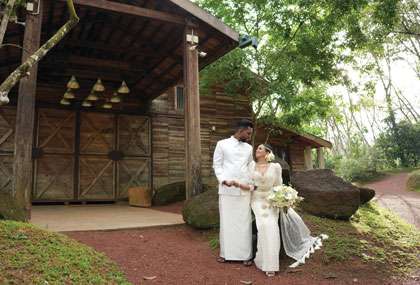
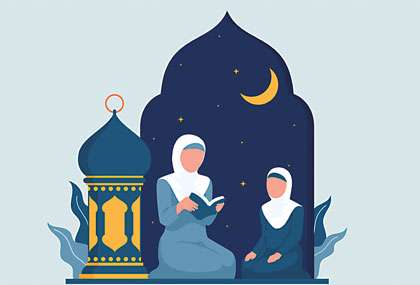
Comments